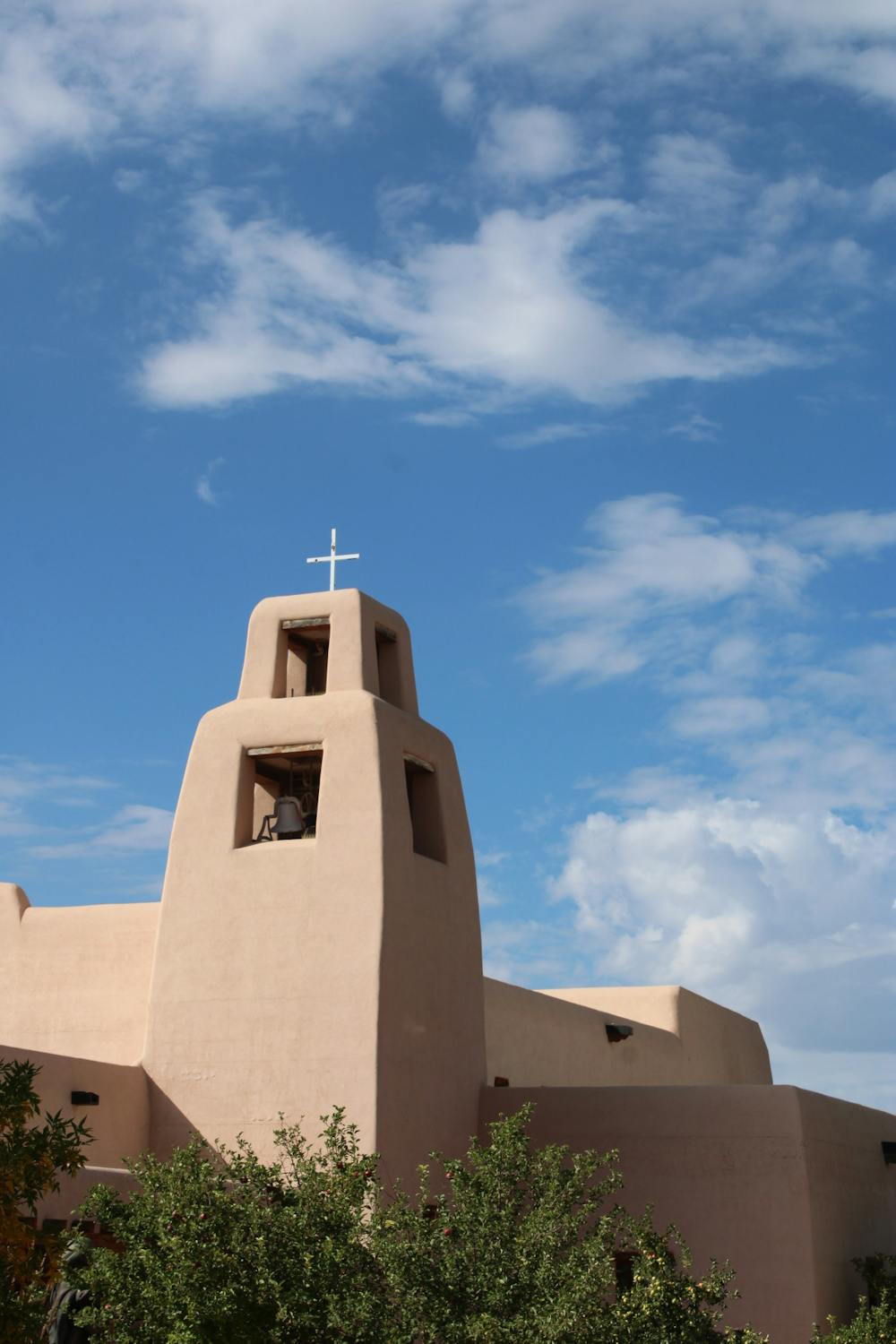You may have never seen this hidden jewel in New Mexico, but there’s a chance you’ve heard it: a dialect of Spanish native to the Land of Enchantment.
Traditional New Mexican Spanish is a dialect developed nearly 400 years ago as medieval Spanish blended with Mexican Spanish and the languages of the Indigenous peoples of northern New Mexico, according to the Associated Press. This fusion of language formed a local parlance not found anywhere else in the world.
Simon Romero, an international correspondent for the New York Times, published an article in 2023 on the topic. The article followed years of interest in New Mexican Spanish, which stayed with him as he traveled around the world. Romero, who was born and raised in New Mexico, detailed his findings to the Daily Lobo.
“New Mexico's isolation during the colonial period shaped the development of traditional New Mexican Spanish. My ancestors, who had arrived in New Mexico in 1598, helped to nurture and develop the language across the centuries,” Romero wrote to the Daily Lobo. “While I had often heard that New Mexican Spanish was similar to the Spanish spoken in Spain centuries ago, I also learned that this was something of a myth. In reality, New Mexican Spanish is much more similar to the Spanish of northern Mexico.”
Romero grew up in the rural New Mexican town of Ribera, surrounded by speakers of New Mexican Spanish. It was the language of his family, including his grandmother, who lived in the village of Manzano — located 58 miles southeast of Albuquerque.
After publishing the article, Romero “heard from so many people, not just in the United States but in other countries, with roots in New Mexico,” he wrote.
These people wanted to learn more about the language their ancestors spoke, Romero wrote. Linguists also contacted him.
The small population of New Mexican Spanish speakers is aging, and some members of the younger generations aren’t learning the language. This makes efforts to preserve New Mexican Spanish even more essential — especially for the Hispanic communities who have spoken the language for hundreds of years, according to Romero’s article.
The University of New Mexico has also played a role in keeping New Mexican Spanish alive.
The Spanish as a Heritage Language program at UNM helps students foster an appreciation for their dialects of Spanish. Use of traditional New Mexican Spanish declined as schools during the mid-20th century started stigmatizing students who spoke in their Spanish dialects or Indigenous languages rather than in English, according to UNM Newsroom.
The National Hispanic Cultural Center started the Legacy Project in 2023, an effort to record New Mexican Spanish and ensure the dialect is properly archived and protected, according to the Albuquerque Journal.
Keeping something as invaluable as New Mexican Spanish alive is essential, Romero wrote, because once it is lost, it's gone forever.
Get content from The Daily Lobo delivered to your inbox
“New Mexican Spanish is a treasure, and it's astounding for it to have survived until now, nearly 200 years after New Mexico became part of the United States,” Romero wrote. "I've seen how languages can not only be saved from extinction but revived, as in the case of Hawaii where efforts to preserve the Hawaiian language have advanced. New Mexico can do the same if we set our minds to it.
Maria Fernandez is a freelance reporter and photographer for the Daily Lobo. She can be reached at news@dailylobo.com or on X @dailylobo






